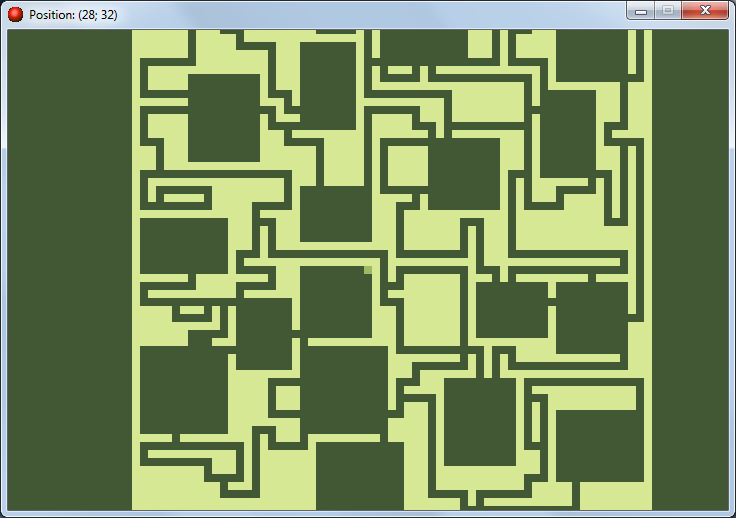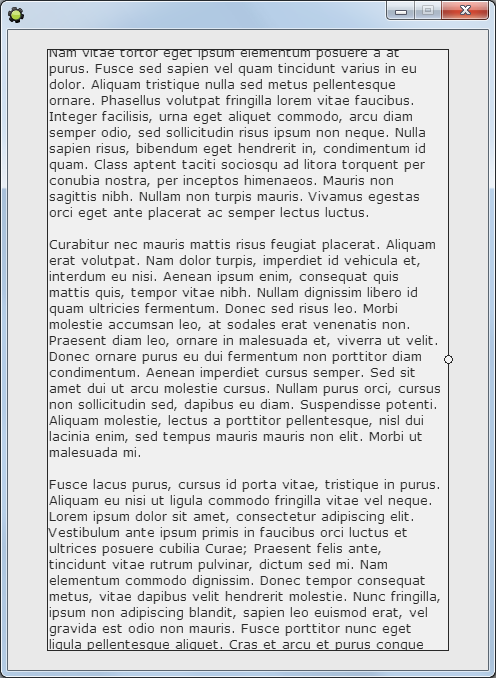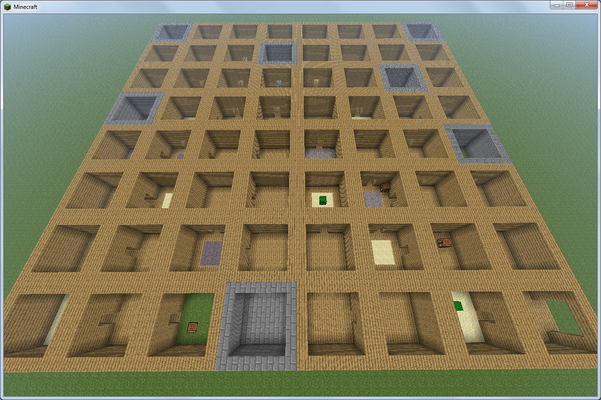
Looks of gadget on desktop, in according pane, and on it's settings screen.
So I've randomly found out that Windows 7 (and Vista too) gadgets are written in HTML+JS+CSS.
Next thing I did was writing my own gadget. So this comes.
'Time is Ticking' is a minimalistic stopwatch. As such, it's purpose is to allow measuring for how long you were doing (or not doing) specific thing. Can be motivating.
Gadget can be considered optimized (does operation and a redraw once per second when on, is entirely idle when off), features customizable backgrounds with ability to specify your own (navigate to %USERPROFILE%\AppData\Local\Microsoft\Windows Sidebar\Gadgets\TimeIsTicking.gadget\image and add 160x32 PNG images to be able to chose them by-name in settings), and is pretty nice-looking overall.
For best experience it is recommended that you have font Dejavu Sans Mono installed, so digits would display appropriately.
To avoid accidental triggering, pause\restart buttons require double-clicking them to react.
![[dinosaur peeking in from the right] Hey! I now have a newsletter! Come take a look.](https://yal.cc/wp-content/themes/dotpage/images/mailing-list.png)






